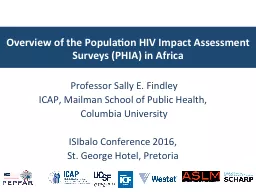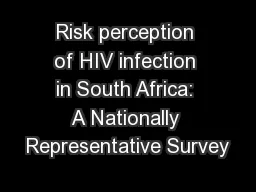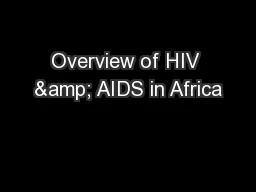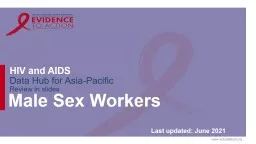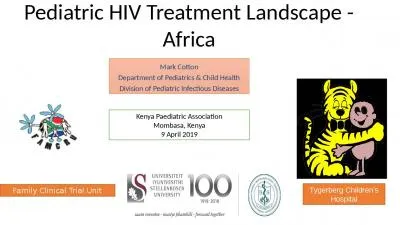PPT-Overview of the Population HIV Impact Assessment Surveys (PHIA) in Africa
Author : marina-yarberry | Published Date : 2018-02-28
Professor Sally E Findley ICAP Mailman School of Public Health Columbia University ISIbalo Conference 2016 St George Hotel Pretoria Objective of this presentation
Presentation Embed Code
Download Presentation
Download Presentation The PPT/PDF document "Overview of the Population HIV Impact As..." is the property of its rightful owner. Permission is granted to download and print the materials on this website for personal, non-commercial use only, and to display it on your personal computer provided you do not modify the materials and that you retain all copyright notices contained in the materials. By downloading content from our website, you accept the terms of this agreement.
Overview of the Population HIV Impact Assessment Surveys (PHIA) in Africa: Transcript
Download Rules Of Document
"Overview of the Population HIV Impact Assessment Surveys (PHIA) in Africa"The content belongs to its owner. You may download and print it for personal use, without modification, and keep all copyright notices. By downloading, you agree to these terms.
Related Documents

